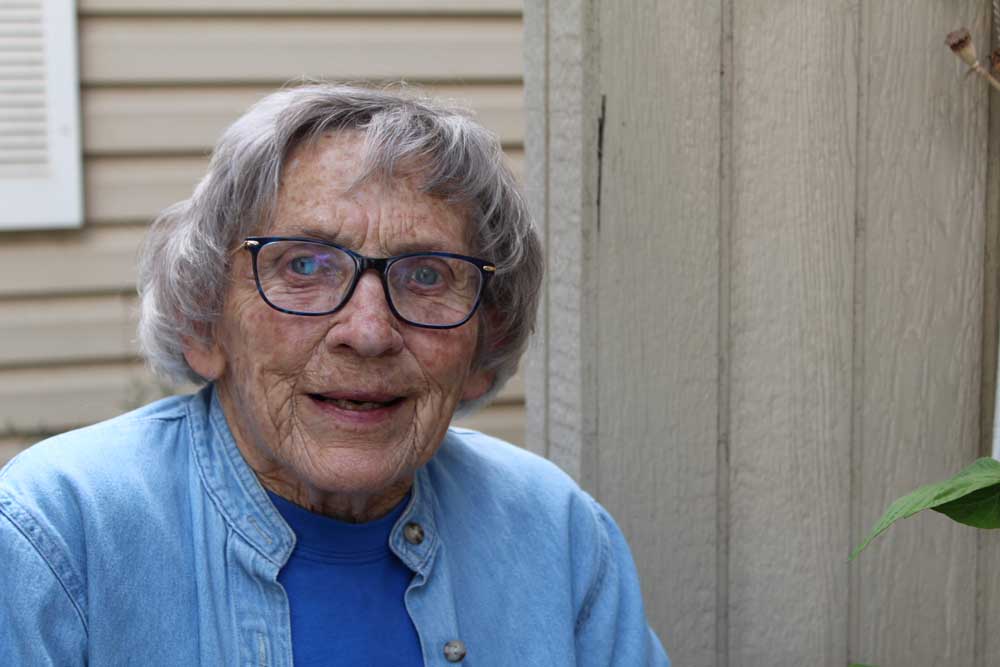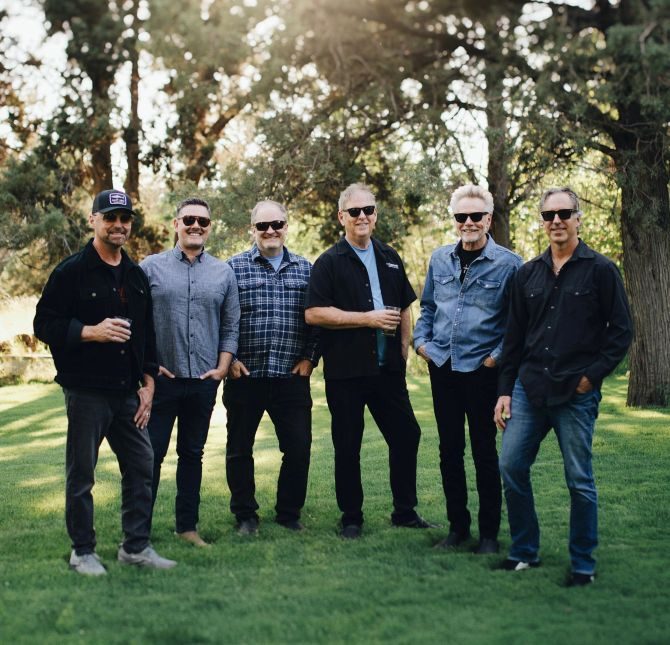Gardening Corner: Hummingbirds prefer plants first, to feeders
Published 4:00 am Sunday, February 19, 2023

- Liz Douville
I am beginning to think that spring is on it’s way. The resident deer recently stopped by to have lunch tripping through the rockery. They haven’t been around for six weeks. The geese are getting feisty with each other. There is lots of wing action and angry loud honking.
I suspect in a few more weeks the geese will be out looking for real estate to establish a temporary home. For two years one of my raised beds has served as the perfect maternity ward. It’s messy but fun to watch the development.
Relationships are starting to form in the duck community. The male ducks seem to have more of a swagger to their walk, while the dutiful female pitty-patters behind him.
The question at the Monday morning water cooler is, “Have you seen any hummingbirds yet?”
Years ago, one didn’t begin to ask the question until mid-April. Times are changing. In December myself and several friends were enjoying hummingbird visits at the hanging feeders. One friend bought a specially designed hummingbird heater in hopes of keeping the visitor around.
Central Oregon actually does have two species that have been noted. Anna’s hummingbird is the only hummingbird tough enough to stay around all year. According to “The Nature of Bend, The insider’s Guide to Central Oregon Plants & Animals,” their nesting begins in late January or February with females sometimes snowed on while incubating the eggs.
The Black-chinned hummingbird is not as colorful but it is considered to be the most adaptable to urban landscapes. I often see that specie feeding in my landscape.
I received a wonderful book at Christmas, “The Hummingbirds Gift,” by Sy Montgomery. It is a small book, only 5 by 7 inches, but the impact is gigantic and may influence your decision to plant more flowers, preferably more natives.
The book is the true story of two baby hummingbirds in California that were orphaned and taken to the home of a rehabilitator. The tiny creatures were compared to bubbles: hummingbirds are made of air. Their tiny bodies contain no fewer than nine air sacks plus two huge lungs and an enormous heart.
In order for them to survive, a pointy syringe had to be repeatedly inserted into their body many times over a twenty four hour period to provide nutrition.
Everything about a hummingbird is delicate. Their legs are thinner than toothpicks: their feet as flimsy as embroidery thread. The eggs are compared to the size of two peas. The combined weight of the two babies was compared to less than a bigger bird’s flight feather.
Hummers lead a life of peril from hawks, crows, jays, squirrels, raccoons, dragonflies and even praying mantis. Bass will leap from ponds to gulp them whole.
Hummingbirds don’t have down feathers. Without down, they are susceptible to cold temperatures, so providing plenty of sheltered spots for them to take refuge is a big help. Dense shrubs can provide insulation on a cold night.
Hummers like flowers planted on trellises, that way they can easily flit from one flower to another. I can attest to that as they head to the honeysuckle on each trellis before they go to the hanging feeder.
Traditionally gardeners have followed the guideline of providing tubular shaped flowers in shades of red and orange. However a recent study conducted at the Chicago Botanic Garden found that hummingbirds feed from a wide range of flowers, with no obvious preference for red or tubular ones.
A good plan would be to plant a combination of flowers that bloom at different times thereby providing a more continuous food supply. Also planting a multiple of the same variety in a swath helps to conserve their energy. Considering that mothers may make over 100 flights a day to find food for their babies we should try and make it easier for them.
A few suggestions for planting would be bee balm, salvias, snapdragon and foxglove. The preference is for single petaled flower heads, not the double or triple headed flower heads. Try to also include some native plants.








